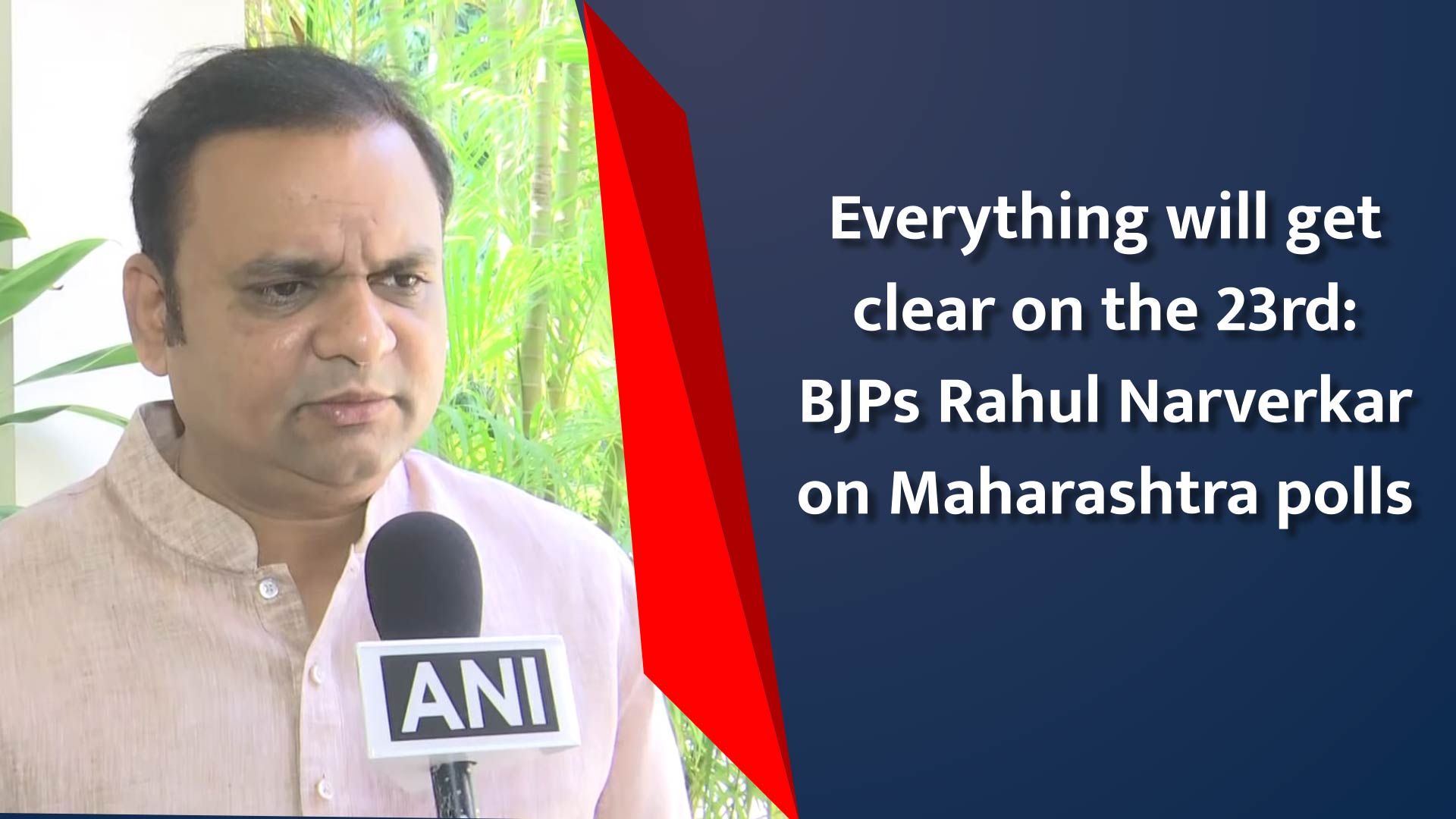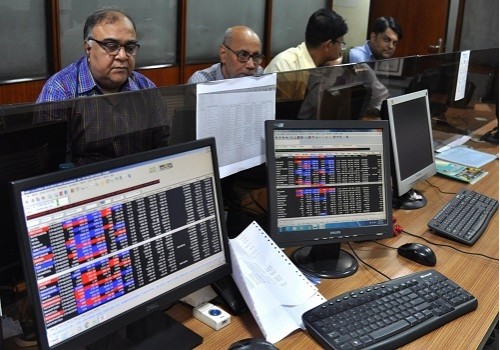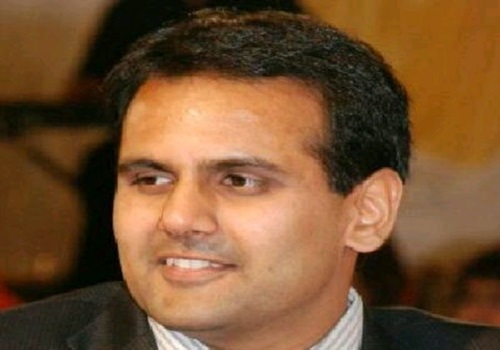Monthly Debt View for February 2023 by Pankaj Pathak, Quantum AMC

Follow us Now on Telegram ! Get daily 10 - 12 important updates on Business, Finance and Investment. Join our Telegram Channel
Below Monthly Monthly Debt View for February 2023 by Pankaj Pathak, Fund Manager- Fixed Income, Quantum Mutual Fund
Indian fixed income market has a dull start in 2023 so far. Bond yields had been in a narrow range with the 10-year G-sec trading between 7.25%-7.35% for most part of the last two months before closing the January month at 7.33%. On February 8, 2023, the 10 year G-sec was at 7.34%
In the money market, yields moved higher materially due to continued tightening in the liquidity condition. A sustained wide gap between credit and deposit growth in the banking system also contributed to rise in short term interest rates.
The 3 months treasury bill yield moved up from 6.34% on Dec’22 to 6.48% by January end. It rose further in the current month to 6.67% on February 8, 2023.
Certificate of deposits (CD) rates of AAA rated PSU banks are currently around 7.20% for 3 months maturity and around 7.60% for 1 year maturity. These rates were at 6.66% and 7.59% respectively on December 30, 2022.
CPI inflation fell to 5.72% YoY in December 2022. This was third consecutive monthly drop in the inflation from its peak of 7.4% in September 2022.
A large part of this disinflation was contributed by sharp decline in vegetables, which may dissipate with the summer season uptick. However, inflation momentum measured by month on month increase in index levels has come down significantly across many goods and services.
Services inflation overall has been muted and will likely remain benign due to weak employment conditions and reduction in direct fiscal support for rural employment and farm incomes.
We expect headline CPI inflation to fall below 5% mark by mid of this year and average around 5.3% in FY24.
In the Union budget for FY24, the government managed to strike the fine balance between boosting capital expenditure to stimulate growth and continuing with the fiscal consolidation. The quality of government expenditure has improved consistently in the last three years with capex to total expenditure rising from 12% in FY21 to 22% in FY24. This should enhance future growth potential of the economy and should lead to higher revenues for the government over medium to long term.
The fiscal deficit for FY24 is set at 5.9% of GDP vs 6.4% in FY23. The Net and Gross market borrowing estimates were raised marginally to Rs. 11.8 trillion and Rs. 15.4 trillion respectively. However, this was slightly lower than broader market expectation.
Government also reiterated its commitment to further consolidate its fiscal deficit to below 4.5% of GDP by FY 2025-26. Thus, market borrowings of the central government should decrease or remain same for the next two years.
The monetary policy committee of the RBI hiked the policy repo rate by 25 basis points in February meeting by 4-2 vote and maintained the policy stance as “withdrawal of accommodation”.
The Repo rate now stands at 6.50%. Consequently, the Standing Deposit Facility (SDF) rate moved up to 6.25% and Marginal Standing Facility (MSF) rate moved up to 6.75%.
The policy was broadly in line with the market expectations though we were expecting a pause in the rate hiking cycle this time.
The RBI seems concerned about the sticky core Inflation while they are relatively more comfortable on the growth outlook. The RBI estimates the CPI inflation to average at 5.3% and real GDP growth at 6.4% in FY24.
In the last 10 months, the repo rate has been hiked by cumulative 250 basis points and the short term money market rates have moved up by over 300 basis points. The full impact of these measures is yet to be seen.
Based on the RBI’s 1 year ahead inflation estimate of 5.6%, the real repo rate is currently at 90 basis points and real rate on 1 year treasury bill is around 130 basis points. In our opinion, the current real rates are adequate for the current state of economic growth, and we would expect the RBI to pause the rate hiking cycle in the next MPC meeting in April. We would expect the repo rate to remain at 6.50% for the remainder of 2023.
Given the 25 basis points rate hike was widely expected, there was limited impact on the bond market. Bond yields moved up 3-5 basis points after the policy announcement. We continue to expect the bond yields to go down over medium term with improvement in external and fiscal balances and falling inflation.
Given the fact that a sizable rate hike has already been delivered and the starting yields bonds are between 7.0%-7.5%, bond funds are likely to do better over the coming 2-3 years. Investors with 2-3 years investment horizon and some appetite for intermittent volatility, can continue to hold or add into dynamic bond funds.
Dynamic bond funds have flexibility to change the portfolio positioning as per the evolving market conditions. This makes dynamic bond funds better suited for the longterm investors in this volatile macro environment.
Investors with shorter investment horizon and low risk appetite should stick with liquid funds. Rate hike and continued reduction in durable liquidity surplus is positive for short term debt fund categories like liquid fund. We would expect further improvement in return potential of these categories as interest accrual on short term debt instruments have risen meaningfully.
Since the interest rate on bank saving accounts are not likely to increase quickly while the returns from liquid fund are already seeing an increase, investing in liquid funds looks more attractive for your surplus funds.
Investors with a short-term investment horizon and with little desire to take risks, should invest in liquid funds which own government securities and do not invest in private sector companies which carry lower liquidity and higher risk of capital loss in case of default
Above views are of the author and not of the website kindly read disclaimer










Tag News

We anticipate immense potential benefits from the upcoming Sovereign Gold Bond Tranche in FY...













